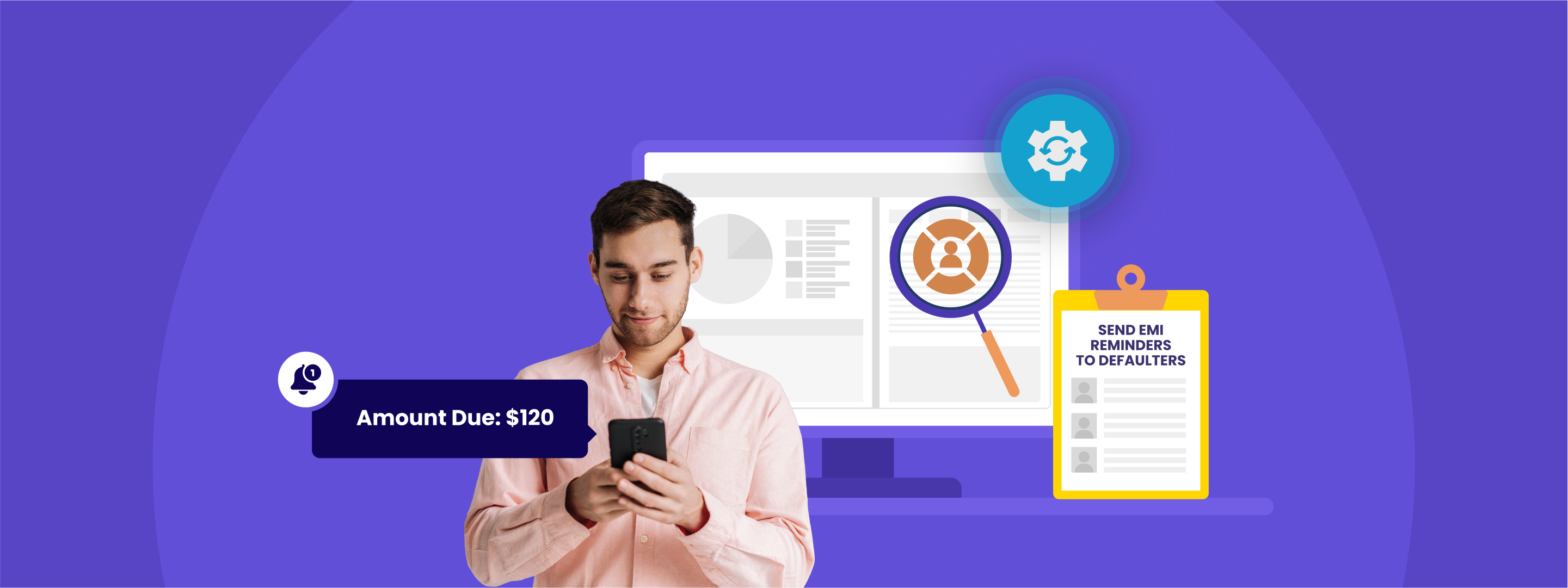With the advancements in technology, the education industry has been transformed, with online education and e-learning platforms becoming the norm. Edtech companies are on the rise, and they are changing the way students learn and access education.
To do that, in the world of marketing automation comes a point where you need to go beyond implementing basic use cases like course sign-ups and onboarding, and enter the word of advanced use cases for edtech.
This blog post will discuss advanced use cases for edtech companies willing to up the ante. We also demonstrate the ease of implementing them on the WebEngage dashboard so you boost sales faster, smoother, and more efficiently. Whether you’re a financial institution, fintech start-up, C-level executive, or manager/operator, this article is for you.
Here we go.
1. PERSONALIZE STUDENT EXPERIENCE ON THE WEBSITE
APPROACH:
- Collect required student attributes like name, location, number of doubts, course progress, etc., and use WebEngage’s Web Personalization engine to personalize their website experience.
- Map the number of subject-based doubts with user attributes and reflect the same on your website to add an element of gamification to user experience. You can also incorporate chatbots, leave intent pop-ups, and location-based offers & recommendations into the website.
- For instance, if a student has 7 doubts in Maths and 3 in Science, reflect the same on your website accordingly by mapping user attributes with the number of doubts. Basis number of doubts and subject, send personalized communication to learners like ‘7 doubts in Maths and 70 ways to solve them! Get learning now.’
- This can also be used to remind users of their upcoming courses in the form of a drip campaign or can also be used to nudge users who’ve left course purchases mid-way.
PRO TIP:
Use any custom event or user attribute to personalize communication on your website, such as providing recommendations based on the last purchased type/subject.
EASE OF IMPLEMENTATION
★★★★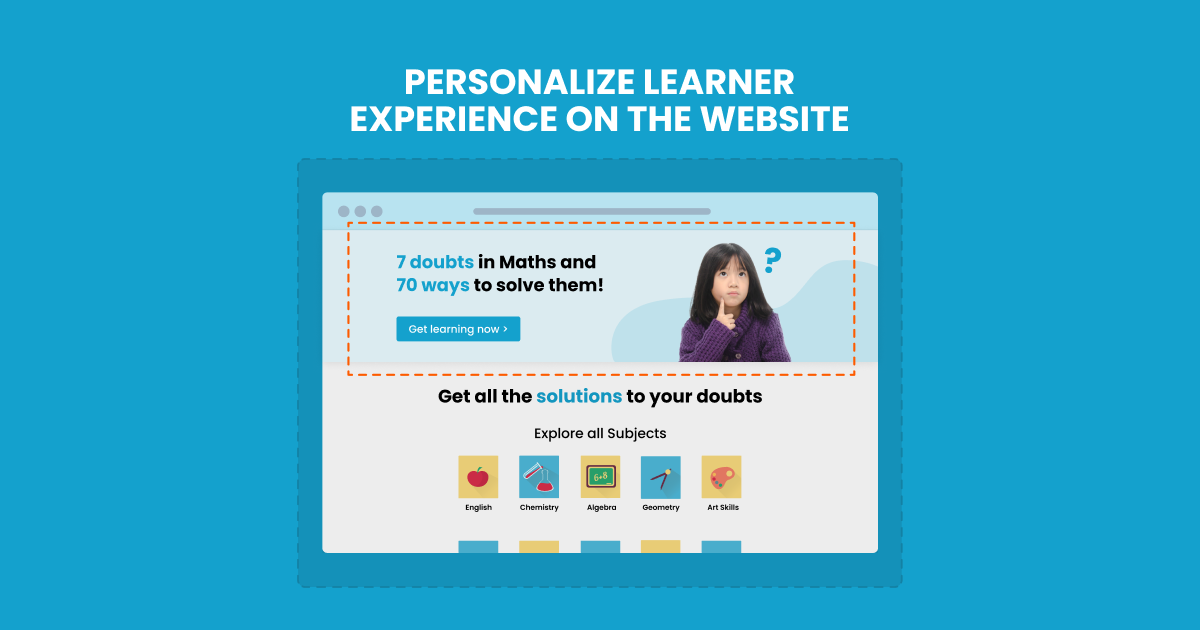
2. USE NUNJUCKS TO INCORPORATE IF/ELSE CONDITIONAL LOGIC WITH EASE
APPROACH:
- Nunjucks are similar to adding conditional logic blocks in your journeys to communicate with users based on their actions. Nunjucks-based personalization can help you run if/else conditions with ease across channels like email, mobile, and web push channels.
- Personalize communication by sharing student progress and details like course purchased/completion/duration, time spent, test attempts, and more by creating a logic sheet to define rules for students based on their attributes.
- For instance, if a student purchases a Data Science course, then show resources and test materials for the Data Science course.
- In case a user has more than one course purchased, incorporate progress and resources for all courses within the same communication.
PRO TIP:
You can also leverage ‘if/else’ logic beyond just 2 outcomes to also include ‘if Condition X’, then implement ‘Condition Y’, else show ‘Condition Z’ format logic as well.
EASE OF IMPLEMENTATION
★★
3. USE PREDICTIVE SEGMENTS TO ENABLE BUSINESS GROWTH
APPROACH:
- Create predictive segments based on a business goal, such as users likely to purchase a course.
- Our machine learning engine predicts the most, moderate, and least likely users for the business event and saves them as lists in your dashboard.
- Filter users using price attributes for courses in different pricing bandwidths. For instance, users likely to purchase courses worth ₹5999 and above.
- Leverage these segments to send contextual messages and nudge users towards a specific path or action based on price range, course category, and more.
- These segments can also be leveraged in standalone campaigns and journeys to hyper-personalize communication across 12+ channels.
- Fetch relevant recommendations to each segment using our Catalog and Recommendation Engine.
PRO TIP:
Predictive segmentation can also be useful in identifying students who are likely to churn by creating a least likely list for business event: course_purchase_made.
EASE OF IMPLEMENTATION
★★★★
4. INCREASE STUDENT PARTICIPATION TO BOOST ENGAGEMENT
APPROACH:
- For student engagement (Catalog):
- Upload your user/student catalog to the WebEngage platform.
- Run a survey program to collate information on students/get NPS scores from them. For alums willing to help out newer students, collect necessary contact information.
- To create a new user-to-student pipeline, run a discounted subscription program to commence conversations on your website and map with alums and previously enrolled students together.
- For course details (Recommendation):
- Based on courses purchased/viewed, recommend similar classes &; courses to students.
- Fetch course instructor & class details from your catalog, and map to enable hyper-personalized recommendations to users.
PRO TIP:
Catalog is useful in case there is any modification in instructors for a particular course as well – use Catalog to fetch relevant course information such as course name, duration, instructor details, and more.
EASE OF IMPLEMENTATION
★★★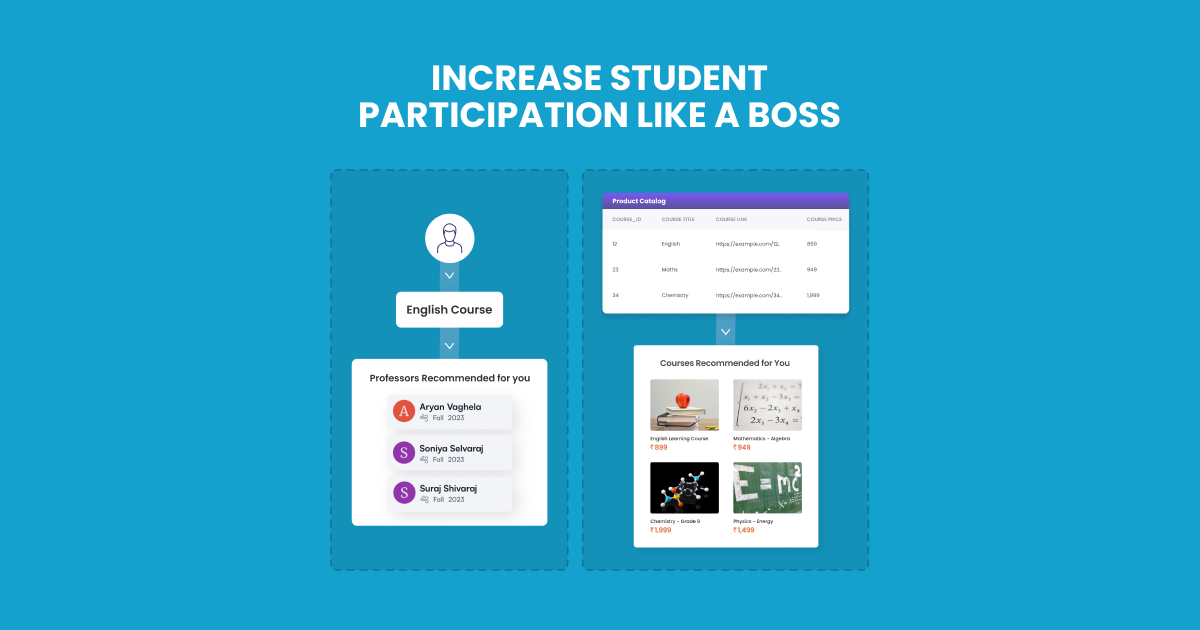
5. GAMIFY LEARNER EXPERIENCE TO NUDGE COURSE COMPLETIONS
APPROACH:
- Boost course completions by gamifying learner experience on overall course progress.
- Set course milestones to track where a learner is stuck or has abandoned a course. Use course milestones to update user attributes and create dynamic segments to nudge users toward course completion and reward with awards/medals/points and more.
- Moreover, leverage Catalog to enhance communication by fetching course instructor details and allowing learners to set 1:1 discussions, thereby enabling better communication and motivation to learn.
- Lastly, to boost course credibility, you can also survey quizzes on WhatsApp with the help of a chatbot, thereby recording feedback for necessary product updates.
PRO TIP:
Use Catalog to communicate additional resources or helping tools shared by course instructors, if any.
EASE OF IMPLEMENTATION
★★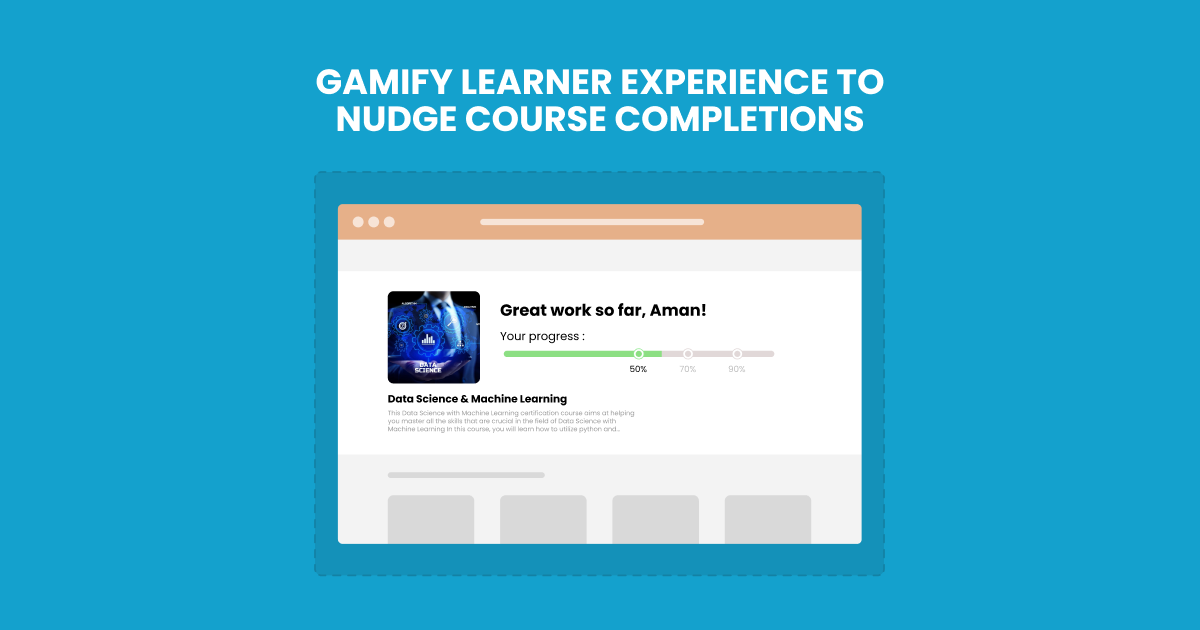
6. SEPARATE ENGAGEMENT FOR PARENTS & STUDENTS
APPROACH:
- Use the WebEngage dashboard to segment users into two groups: parents and students, based on the information they provide during registration.
- Set up business events in WebEngage to track key actions, such as completing assignments or attending parent-teacher meetings. This data can then trigger personalized communications and reward loyal users with exclusive content or discounts.
- Create a drip campaign to send personalized content to each segment. For parents, the content could focus on their child’s progress, upcoming assignments, and parent-teacher meetings. For students, the content could be focused on upcoming tests, study tips, and extracurricular activities.
- Use WebEngage’s RFM analysis to understand the engagement levels of each segment. This will help you identify the most engaged and valuable users and create campaigns to retain them.
- Use the users’ preferred language to ensure all content and communication is delivered in each user’s preferred language. This will improve the user experience and engagement.
PRO TIP:
Encourage user-generated content and feedback from both parents and students. This can help improve engagement and provide valuable insights into how to better serve each segment.
EASE OF IMPLEMENTATION
★★★★
7. USE RULE-BASED CHATBOTS TO BOOST WHATSAPP ENGAGEMENT
APPROACH
- Increase student engagement & boost course credibility on WhatsApp with the help of rule-based chatbots.
- Identify the most common and important customer queries related to your product or service that can be answered through WhatsApp.
- Develop a chatbot that can handle these queries using rule-based logic. Rule-based chatbots use pre-defined rules to respond to user queries and are generally easier to develop and maintain than AI-based chatbots.
- Integrate the chatbot with your WhatsApp account using the ‘Call an API’ block on the Journey Designer. This will allow customers to interact with the chatbot directly on WhatsApp.
- Promote the availability of the chatbot to your customers through your website, social media channels, and other marketing channels.
- Enable chatbots to solve student doubts, boost subject understanding, give subject matter tips and tricks, cheat codes to solve Maths equations, and more.
PRO TIP:
Ensure your chatbot is programmed to handle common misspellings and variations of key terms and phrases. Moreover, consider adding a human touch to the chatbot experience by allowing users to chat with a live agent if they need more assistance. This can help build trust and improve customer satisfaction.
EASE OF IMPLEMENTATION
★★★★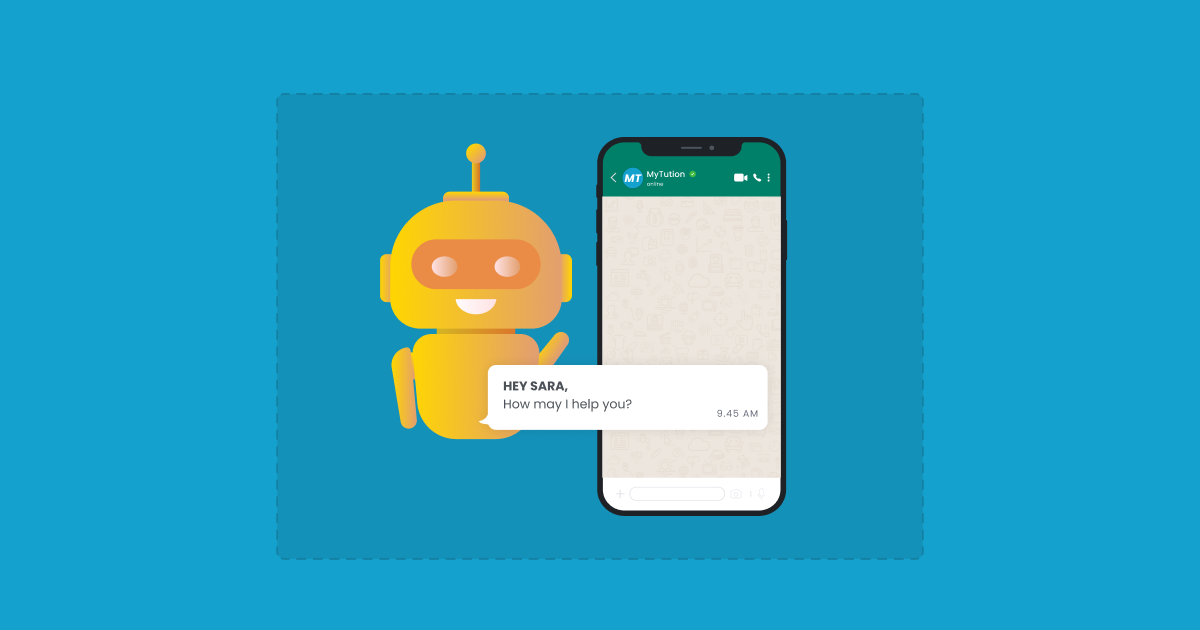
IMPACT STORIES
Here are a few BFSI Impact Stories you can check out:
- Toppr: Check Out How Toppr, India’s Booming After-School Learning App, Witnessed A 133% Uplift In Conversions Through Personalized Campaigns
- Shaw Academy: Learn More About Shaw Academy, A Leading Online Education Platform, That Boost Its Revenue By 25% Through Multi-Channel Student Engagement
- Uniconnect: Read More From Uniconnect By Leverage Edu, World’s First & Largest Online University Fair Platform, That Witnessed A 250% Uplift In Student Attendance
CONCLUSION:
In closing, the edtech industry is rapidly evolving, with a growing need for use cases with complex solutions. As technology advances, businesses need to stay up to date with the latest developments to remain competitive.
By exploring the use cases highlighted in this blog, edtech companies can gain insights into leveraging technology to refine operations, enhance customer experience, and drive business growth. Ultimately, the key to success in this industry lies in staying ahead of the curve and embracing innovation to meet customers’ ever-changing needs.

































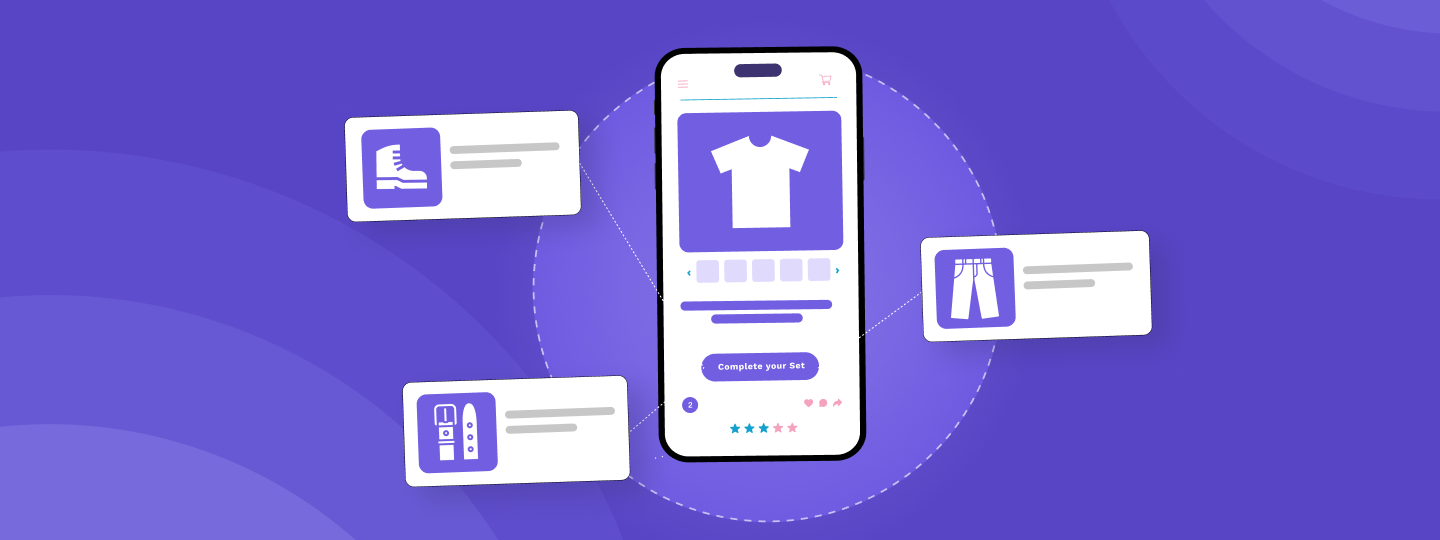
 Vanhishikha Bhargava
Vanhishikha Bhargava
